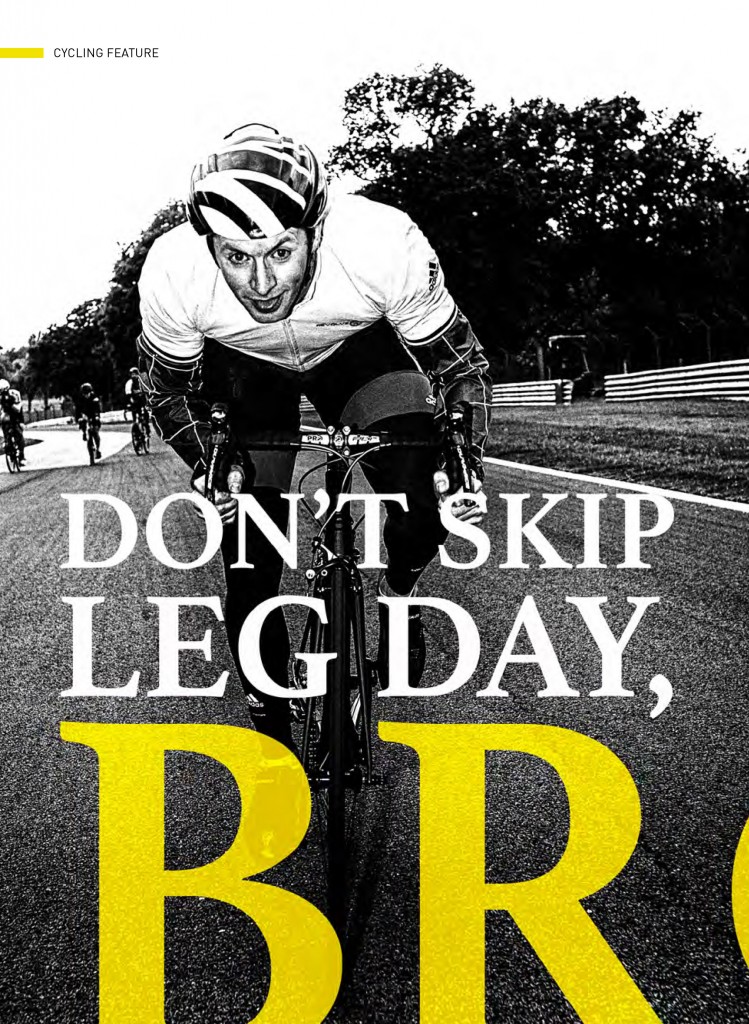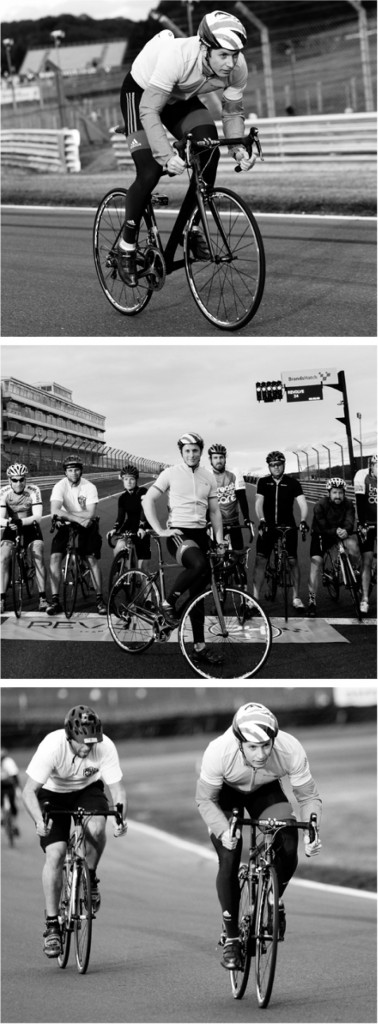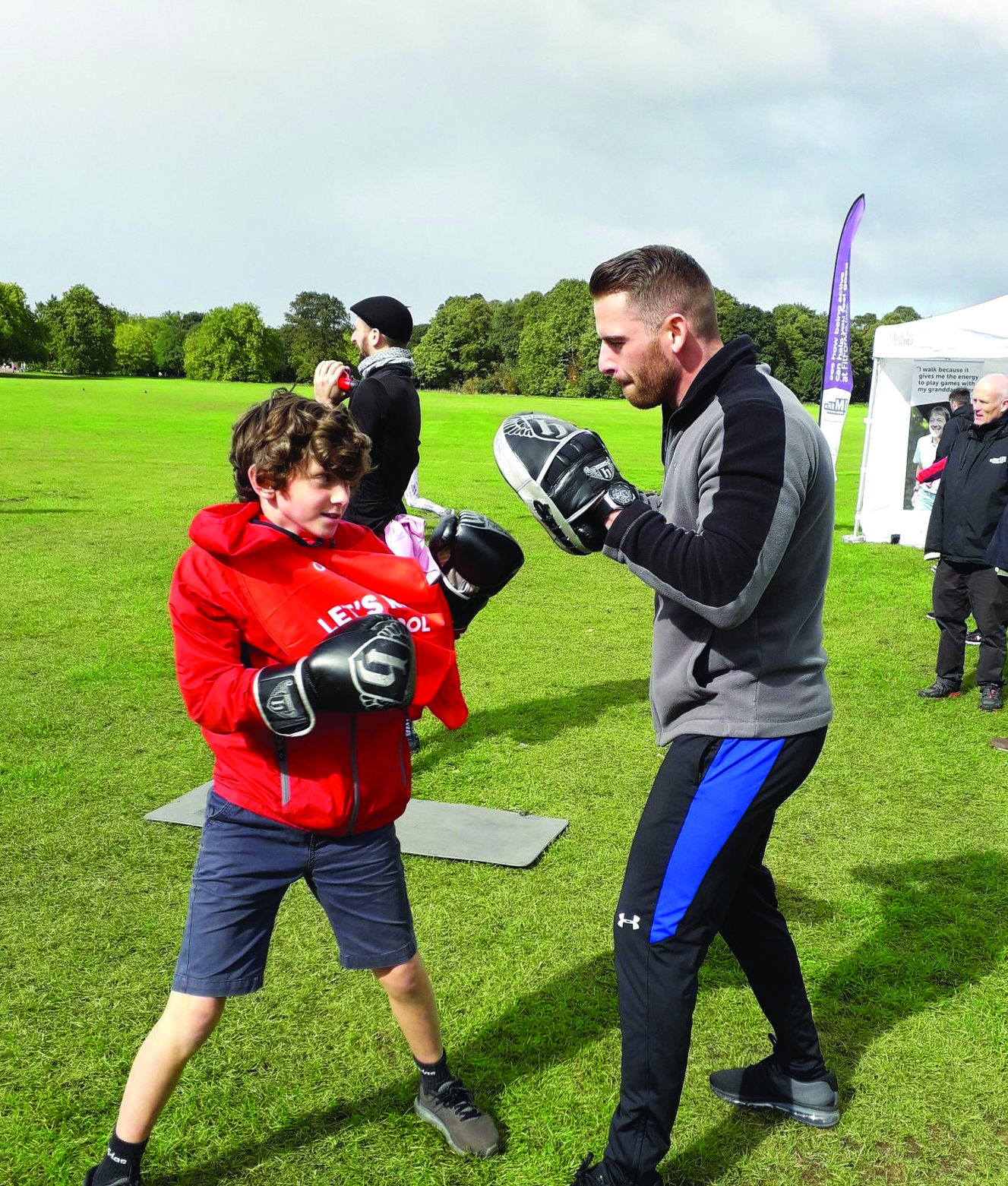BESTFIT Issue 13 – Jason Kenny
Share
 olympic cycling hero Jason kenny shares a few secrets to winning gold, and they start in the gym…
olympic cycling hero Jason kenny shares a few secrets to winning gold, and they start in the gym…
There are no shortcuts to becoming a champion in the velodrome – just ask Team GB track cyclist Jason Kenny, a three-time Olympic gold medal winner.
Jason has won Olympic gold in two Games; one in the team sprint in Beijing, 2008 (he also won silver in the individual sprint), and two at London 2012, again in the team sprint and finally in the individual sprint.
Under the Team GB setup, based in Manchester, Jason has grafted for years on and off the track to reach the heights he has so far. Obviously, nothing substitutes cycling itself, but power is built in the gym and the legs are one muscle group that receive the most attention.
“It varies massively what we can do on any given day,” the 27-year-old from Bolton tells BESTFIT Magazine. “For example, we can do a ‘double day’, which is gym in the day and track in the afternoon.”
He can do up to three sessions in the gym a week with four three-hour sessions spent on the track. You’d be forgiven for thinking Jason was motorised, but the rigours of training do take their toll, especially as an Olympiad nears its conclusion. “I like the things I’m good at so the first session is always hard,” he admits, “and I don’t really like them because I’m not very good at them to begin with. “But then you build up the resistance and you get used to it, so a few weeks in I tend to enjoy it.”
Jason’s time in the gym is carefully structured towards work that mainly builds fast-twitch muscle fibres, which allow him to propel bike and body at blistering speeds – up to a staggering 80kph (50mph). During a sprint he will output 2,000 watts of power, too, which could happily tick a modest-sized house over in a powercut. He is a human dynamo in many respects. To recruit additional fast-twitch muscle fibres and build more of it, he uses large multi-joint compound exercises that work muscles in the legs and core simultaneously, paying extra attention to movements with an explosive action.
Here are several exercises Jason recommends:
Barrel Squats:
Big squats equal big legs. Fact. The squat will build all muscles in the legs proficiently, including the quads, hamstrings, adductors and glutes, but will also strengthen the abdominals as they help stabilise a large portion of the lower body. Jason will vary how much weight he squats, as this will do different things for the legs. For example, 10 to 12 reps at 140kg will steadily recruit large amounts of muscle over time, while higher reps at sub 100kg will increase explosive power.
Deadlifts:
If you need to put on lean mass on not just your legs, but your core, back and arms, too, deadlifts are king. Strengthening areas such as the back and arms are important for a track cyclist’s posture; they’re under extreme pressure as they turn into the banked sides of the velodrome, before being ‘sling-shotted’ onto the track’s straights.
Jason has recommended using a trap bar before, stacking it with up to 160kg in weight for ten reps. Using a trap bar improves stability as the lifter resists over-extending the back at the top of the lift, while simultaneously reducing stress to the lower back region. For Jason, it means less time wasted with niggling injury, and more time hammering through his pedal stroke.
Power cleans:
This lift is fit for building explosive power in an Olympic champion. A combination of a deadlift and the initial phase of the push-press, the power clean primarily works the glutes and hamstrings, as well as the trapezius and deltoids.
While a deadlift will build strength en masse, a power clean’s explosive nature adds explosive force to the deadlift’s inventory. Again, like the deadlift, it’s a full-body exercise, which in Jason’s case serves to build a strong upper body that helps his back and neck resist g-force as he corners, while increasing the power he needs in his legs for sprinting.
Leg press:
The leg press allows Jason to safely push more weight than he could with a squat, as the weight itself travels through only one plane of movement. Bigger weight shifted means more muscle recruited.
Also, while a large compound movement, shifting the feet higher or lower on the leg press’s footplate can actually place more emphasis on either the glutes or quads respectively. Reps will follow a similar pattern to the squat.
Core work:
Obviously, without a strong core, Jason wouldn’t be able to support himself into the ‘dromes ferocious banks, nor into the energy-sapping straights. It also helps him lift bigger weights with his legs, too; for this he uses a mixture of bodyweight work, such as the press up, with modified resistance exercises, such as the Romanian (stiff-legged) deadlift.
While most people would go rubber legged after a leg workout of such intensity, a gym session merely prefixes the session on the track for Jason.
From there, gains made in the gym are translated onto the bike. “Again, on the track it varies but we can do up to five efforts at maximum intensity,” he tells us. “That’s at 30 seconds of maximum effort a time but can be anywhere between 10 and 30 seconds, usually.” Breathless stuff.
Pro cyclists have long been believers in laying strong foundations to maximise their potentials on the bike. That starts in the gym, long before a crank is turned in anger, but Jason believes it’s simply a means to an end.
There’s so much you can get from the sport before committing yourself to the gym, and that, ironically starts by actually getting on your bike: “cycling is all about just going out and doing it,” Jason adds. “Even if you ride your bike to work it may take an extra ten minutes but you’re getting free exercise, and that’s time saved instead of being in the gym.”
 The road to RIO The route to qualifying for the 2016 Olympics in Rio de
The road to RIO The route to qualifying for the 2016 Olympics in Rio de
Janeiro, Brazil, is a long one. It starts two years into the current Olympiad and finishes roughly six months before the start of the Games.
Each team and rider has to accumulate as many points as they can between 2014 and 2016 by participating in Union Cycliste Internationale (UCI) sanctioned events, including world cup races, the world championships and continental championships (such as the European champs).
As it stands, Team GB’s priority will be the men’s team sprint where nine teams qualify over the two-year period, followed by the individual sprint where 18 men qualify over the same period. As of July, Team GB lead the team sprint rankings, while Jason is positioned just outside the top ten.
Jason Kenny was speaking at the launch of Revolve24, a global series of cycling relay races set at iconic motor circuits around the world.




















FOLLOW BESTFIT